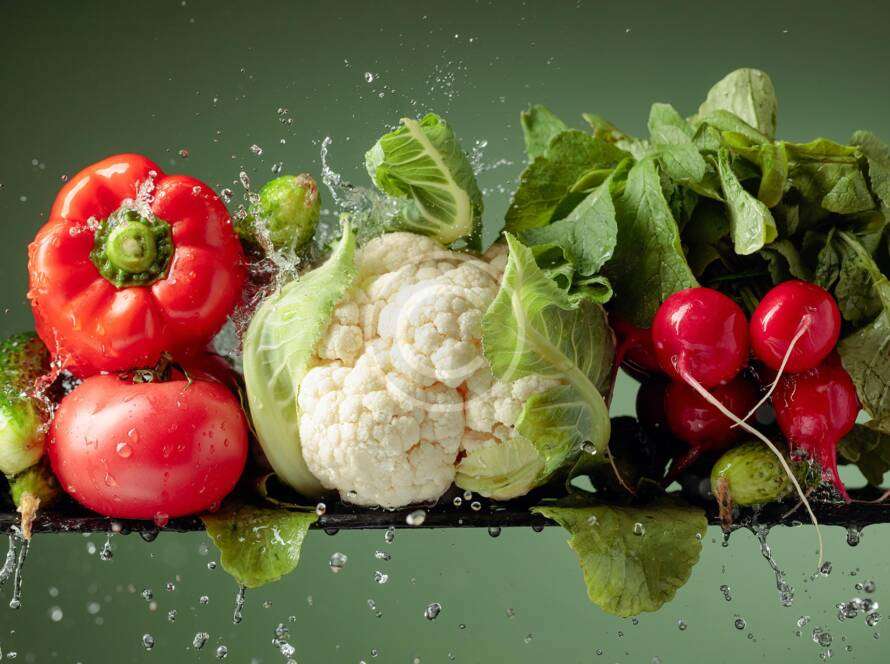The culmination of months of hard work and nurturing, the coffee harvest is a pivotal moment for any coffee farm. It marks the transition from tree to cup and determines the quality of the brew that will eventually delight coffee lovers. To ensure a successful and rewarding harvest, meticulous planning and execution are essential. In this article, we’ll delve into some simple yet effective strategies to help you plan and execute your coffee harvest with precision.
1. Timing Is Key
Coffee cherries don’t all ripen at the same time, so choosing the right moment to start your harvest is crucial. The ideal timing varies based on your coffee variety, altitude, and climate. Typically, cherries are ready when they have reached a vibrant red color. Regular visits to your trees and performing selective harvesting can help ensure that only ripe cherries are picked, resulting in a more consistent and high-quality yield.
2. Organize a Competent Workforce
Harvesting coffee is labor-intensive work. Assemble a skilled and motivated team to carry out the harvest efficiently. Having a well-trained crew that understands the nuances of cherry selection and careful handling can significantly impact the final quality of the beans. If possible, employ a mix of permanent staff and temporary laborers who are experienced in coffee harvesting.
3. Proper Equipment and Tools
Equipping your workforce with the right tools is vital. Quality hand-picking baskets, aprons, and gloves can make the process smoother and prevent damage to the cherries. Ensure that the baskets are well-ventilated to prevent excessive heat build-up, which can affect the cherries’ quality.
4. Sorting and Processing
As cherries are collected, sorting is critical to separate ripe from unripe or overripe cherries. This can be done manually or using specialized equipment. The sorted cherries should be processed promptly to prevent deterioration. The two main processing methods are the dry method (sun-drying the whole cherries) and the wet method (removing the pulp before drying). Choose the method that aligns with your farm’s practices and environmental conditions.
5. Hygiene and Quality Control
Maintaining hygiene throughout the process is paramount. Ensure that your workforce adheres to proper cleanliness standards. Dirty hands or unsanitary equipment can introduce contaminants and compromise the beans’ quality.
6. Monitoring and Documentation
Keep track of the quantities harvested daily and the progress of your harvest. Documentation helps you identify trends, estimate yield, and plan future harvests more effectively. Monitoring can also alert you to any unforeseen challenges that may arise during the process.
7. Flexibility for Weather Conditions
Weather can play a significant role in the success of your harvest. Be prepared for unexpected rain or other adverse conditions. Having a contingency plan in place will help you navigate through such challenges without compromising the quality of your harvest.
8. Celebrate and Reflect
Once the harvest is complete, take a moment to celebrate the hard work of your team. Reflect on the successes and areas for improvement. This retrospective approach can guide your planning for the next harvest, allowing you to build on your experiences and continuously enhance your methods.
Conclusion
Planning and executing a coffee harvest demand dedication, attention to detail, and a deep understanding of your farm’s unique conditions. By carefully timing your harvest, assembling a skilled workforce, and maintaining stringent quality control, you can ensure that the fruits of your labor yield exceptional coffee beans. As the heart of your coffee farming journey, the harvest is a testament to your commitment to producing the finest quality coffee.




